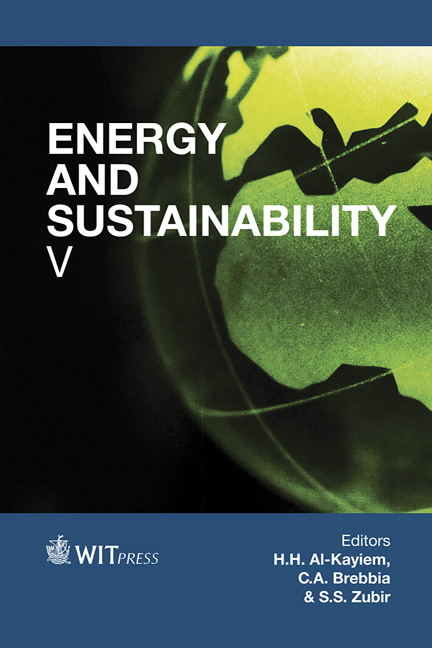Sustainable Timber Use In Residential Construction: Perception Versus Reality
Price
Free (open access)
Transaction
Volume
186
Pages
12
Page Range
399 - 410
Published
2015
Size
448 kb
Paper DOI
10.2495/ESUS140341
Copyright
WIT Press
Author(s)
D. Thomas, G. Ding, K. Crews
Abstract
Close to 90% of new project homes in NSW, Australia are constructed with reinforced concrete flooring and brick veneer envelope whereas many traditional Australian homes were built of timber floor structures with timber walls and cladding. The adoption of concrete and brick homes originated from a perceived advantage of longevity, low maintenance and thermal comfort. Innovation in wood treatments, wood protection and insulation have provided solutions to these issues so that timber is once again a viable option with added benefits such as environmental sustainability and erection speed. This paper reviews literature and analyses the results of a home occupants’ survey on the perception of timber use in new homes in NSW, Australia. It also investigates the comparative performance of a timber veneer/structural timber home to a concrete floor/brick veneer home to evaluate whether perception of timber performance matches reality. This paper highlights Australian homeowners’ reluctance to use timber as a sustainable building product for homes even when they are willing to pay for a more environmentally sustainable home. It also discusses the time and environmental advantages of a timber home over a concrete and brick home based on the results of a test case study.
Keywords
sustainable timber, residential construction, homeowner perception, timber performance, embodied energy





